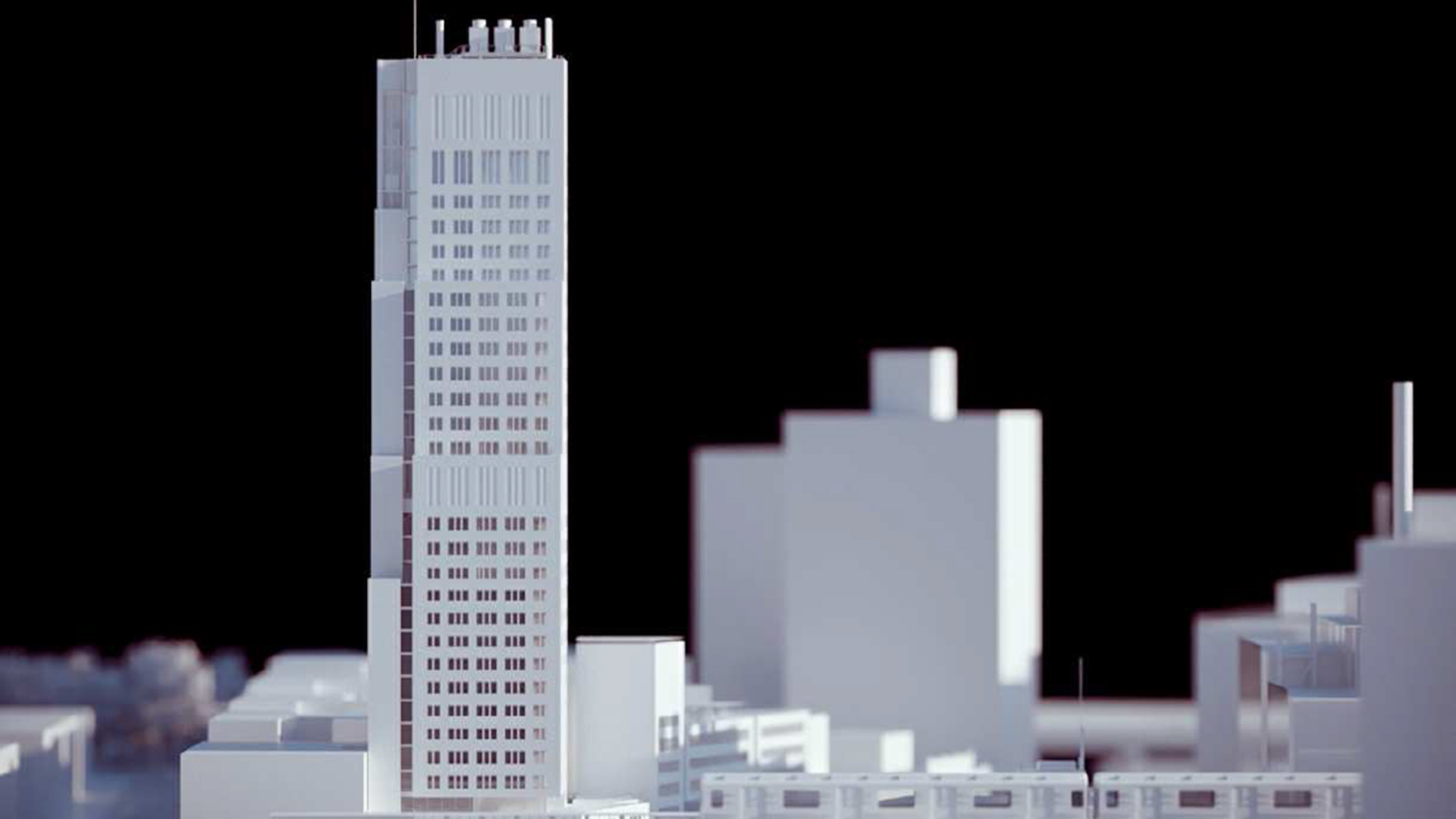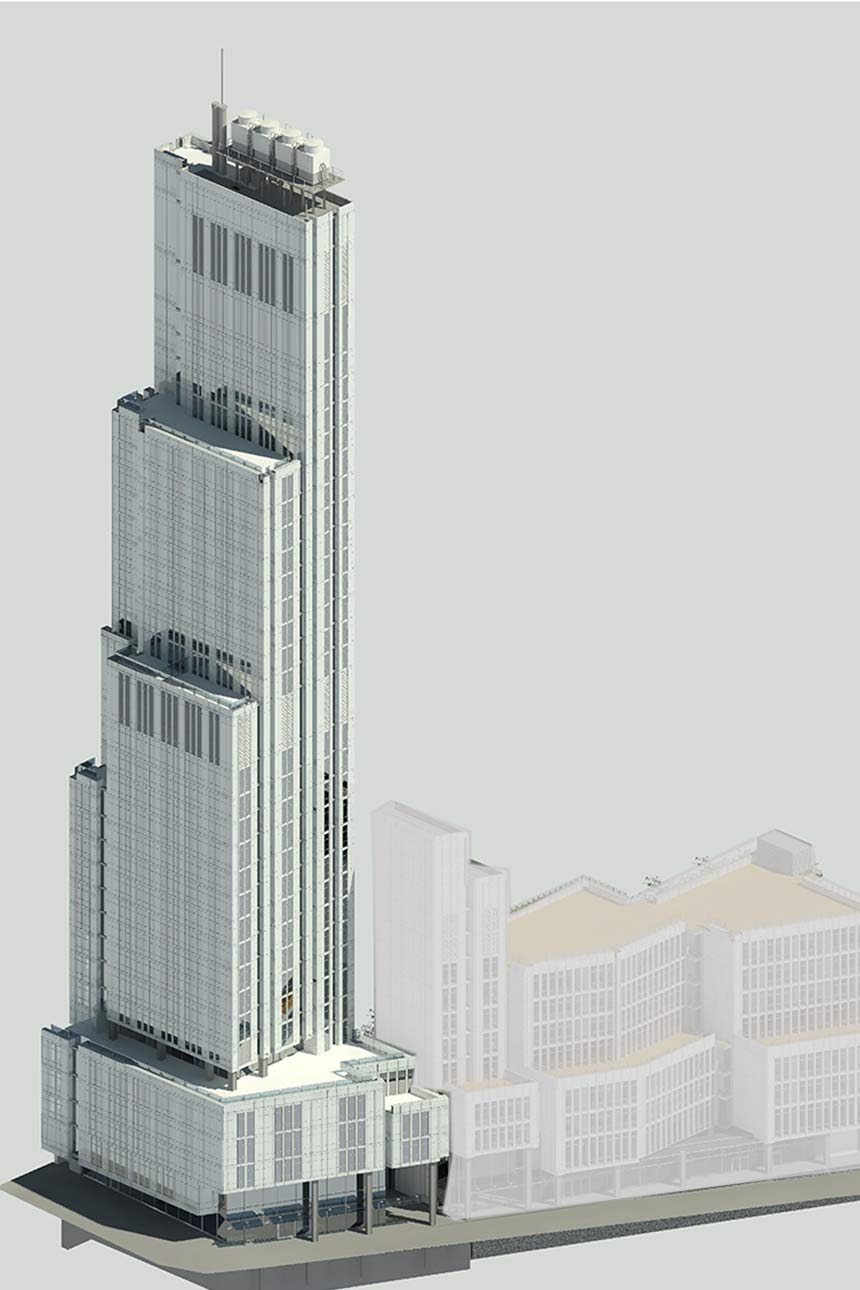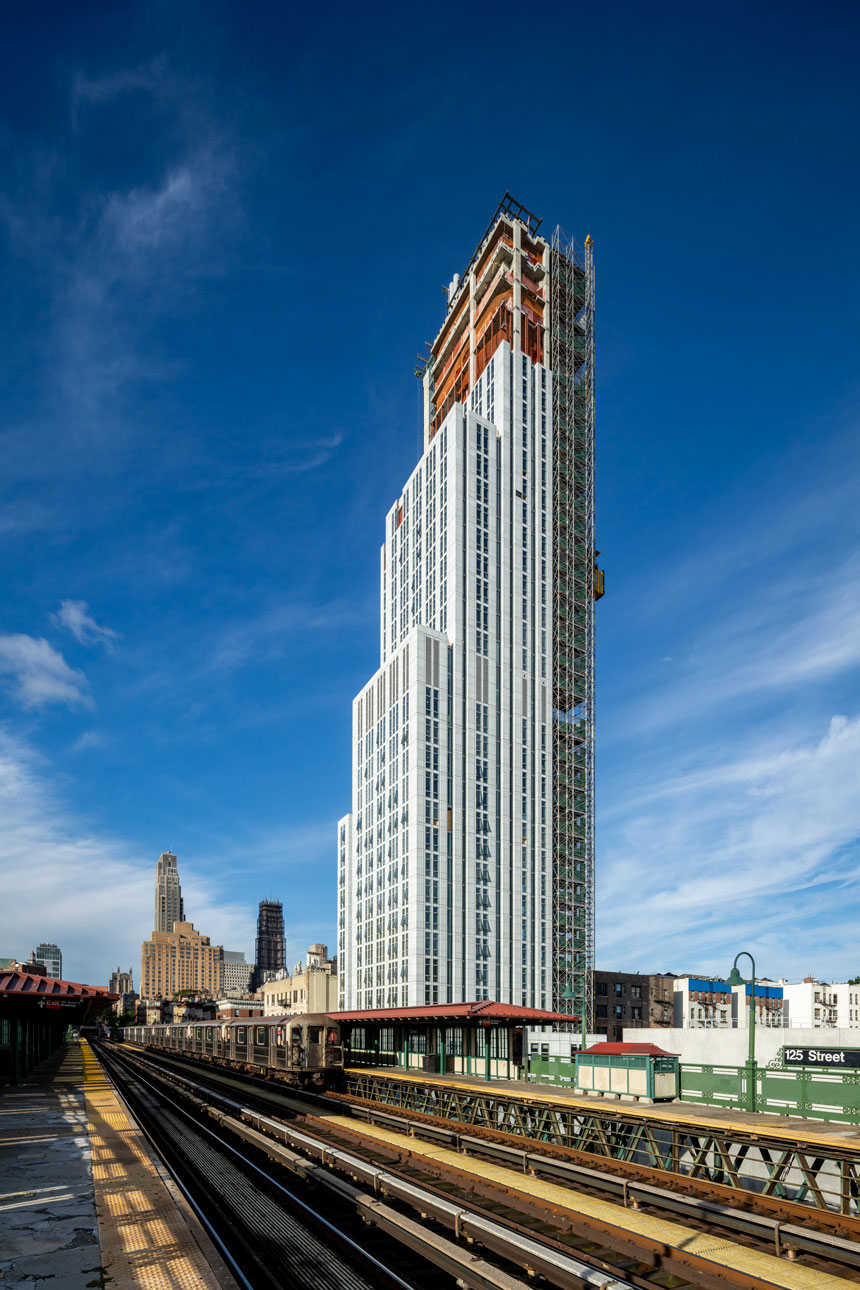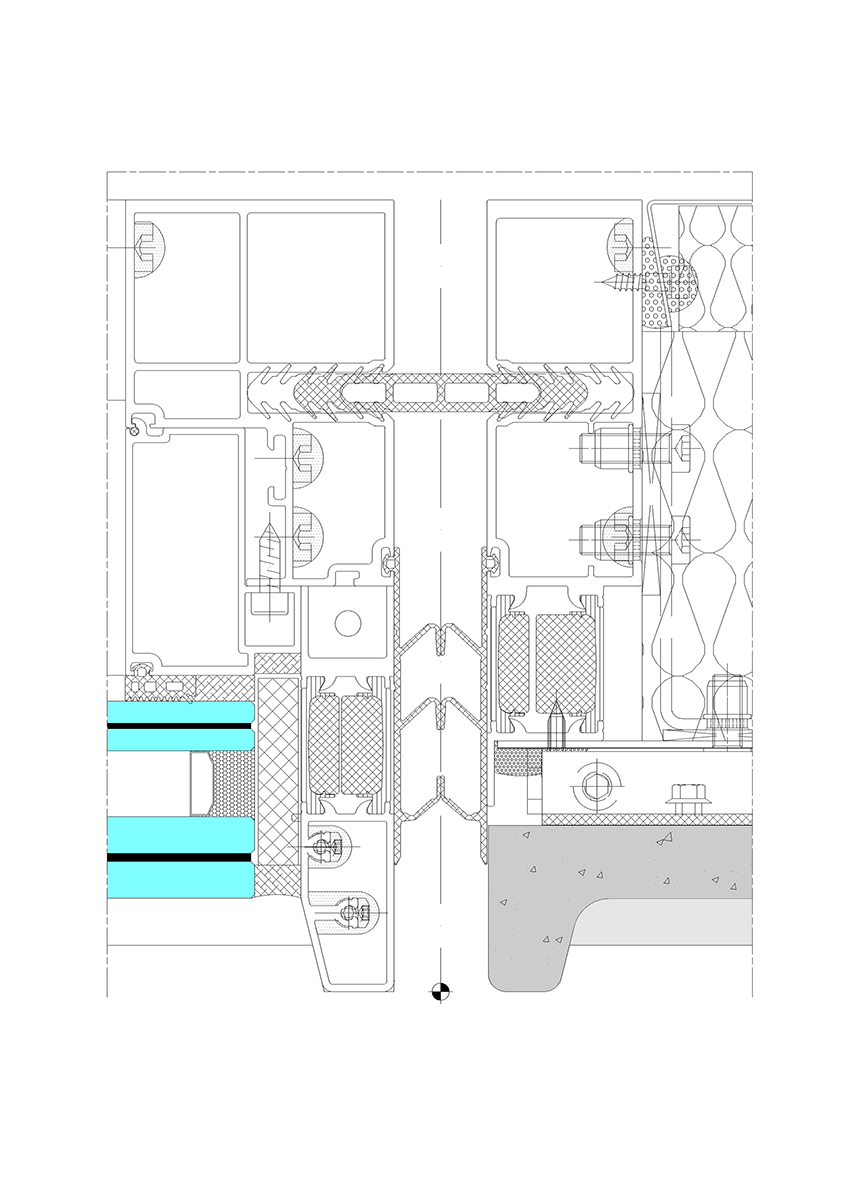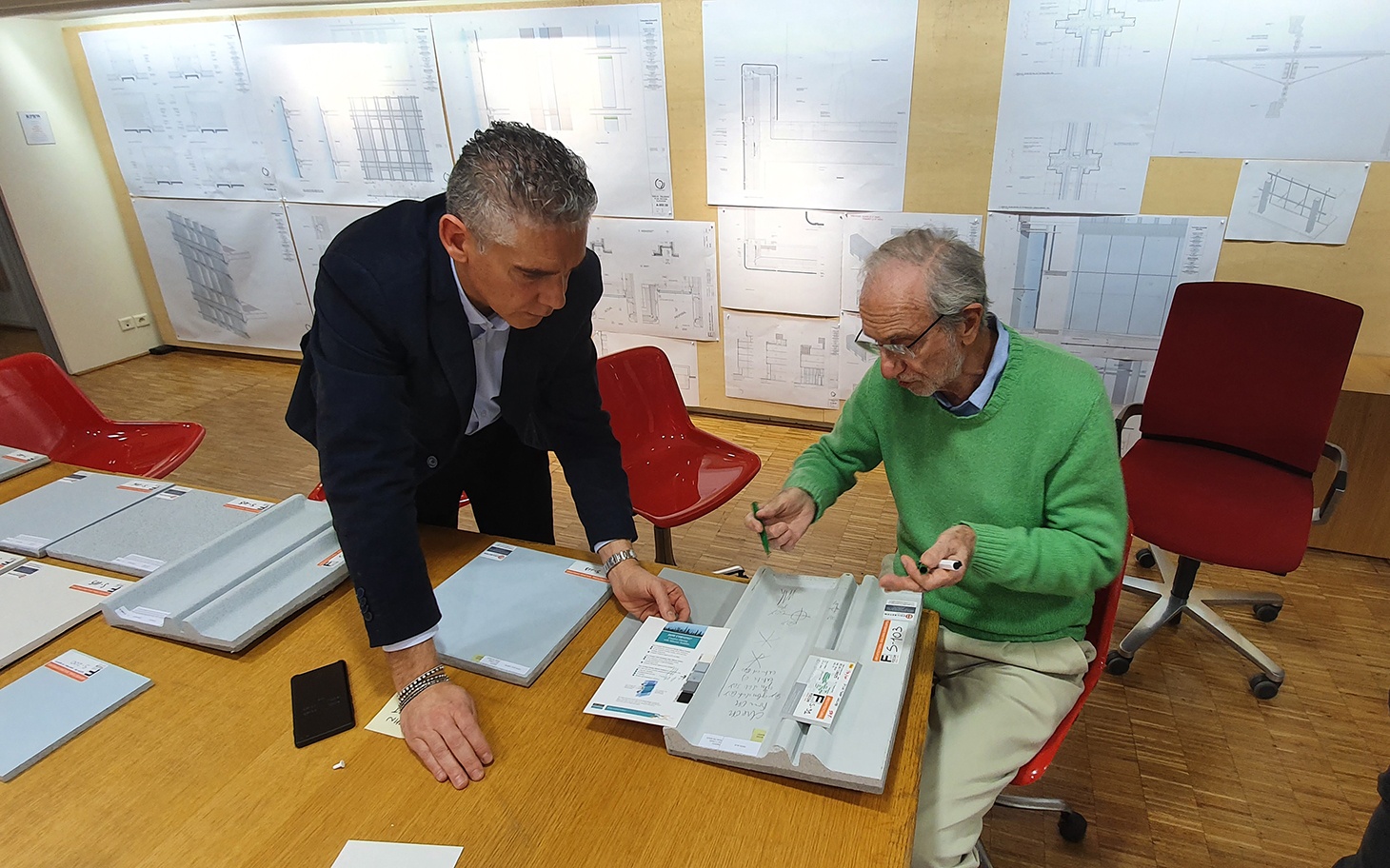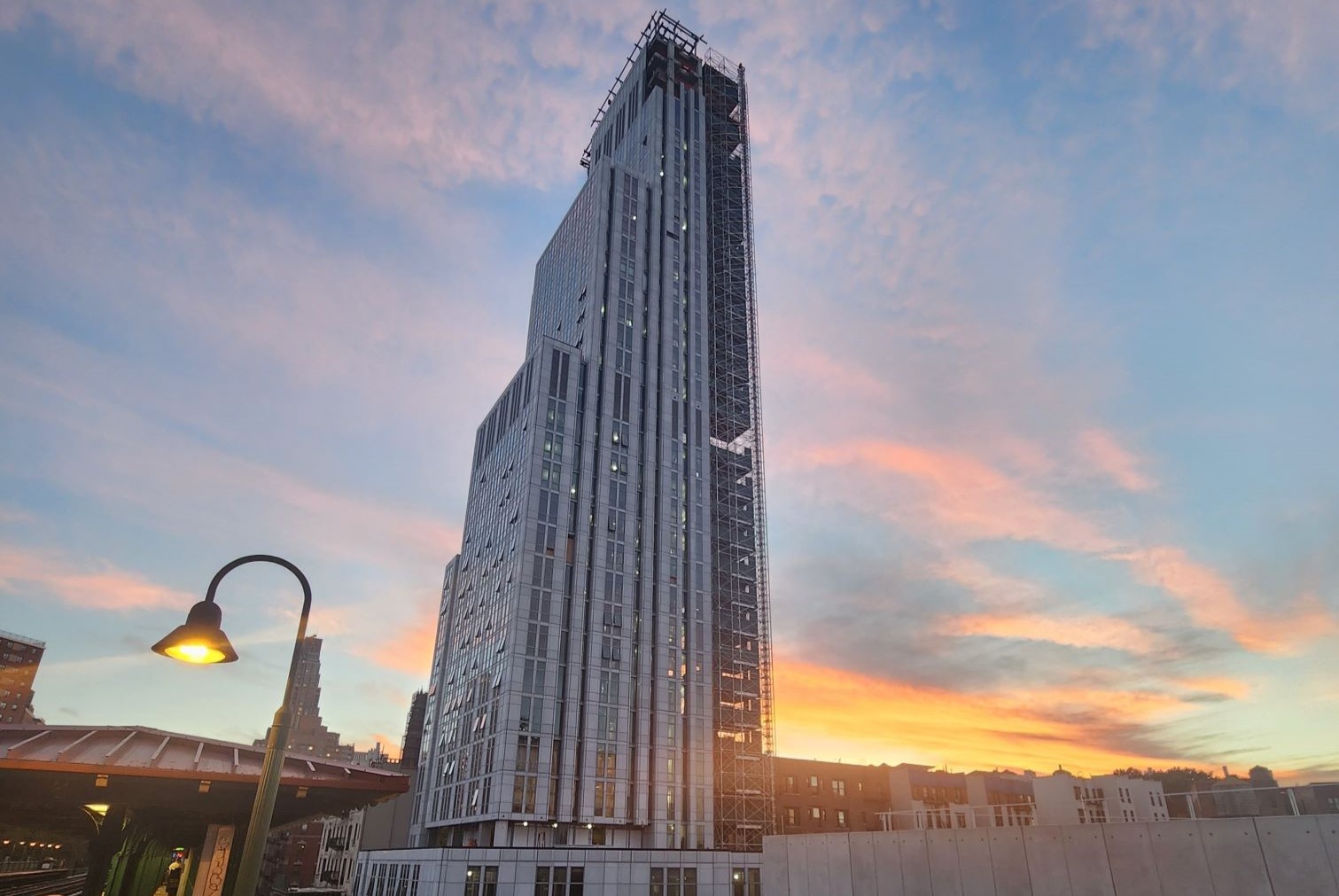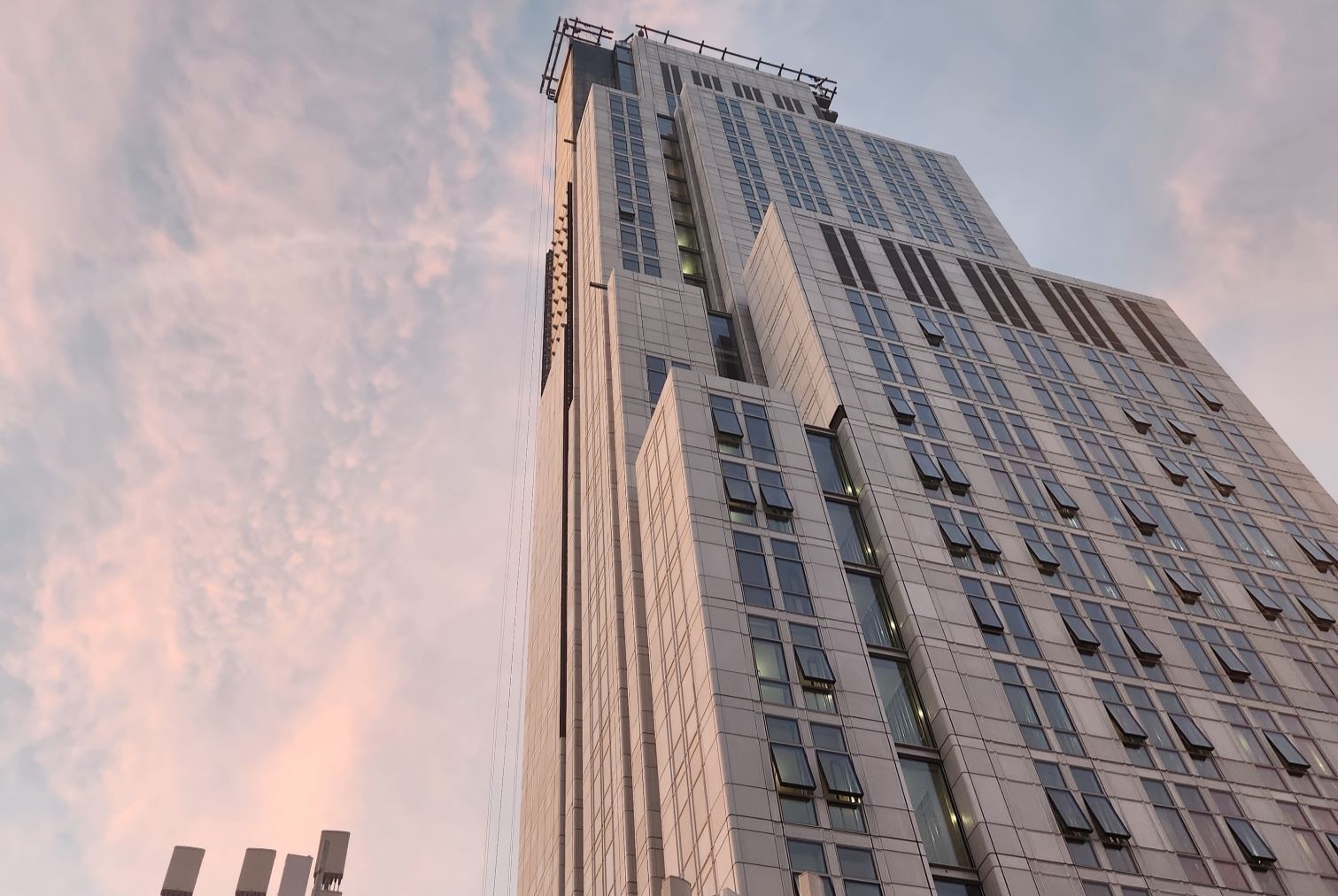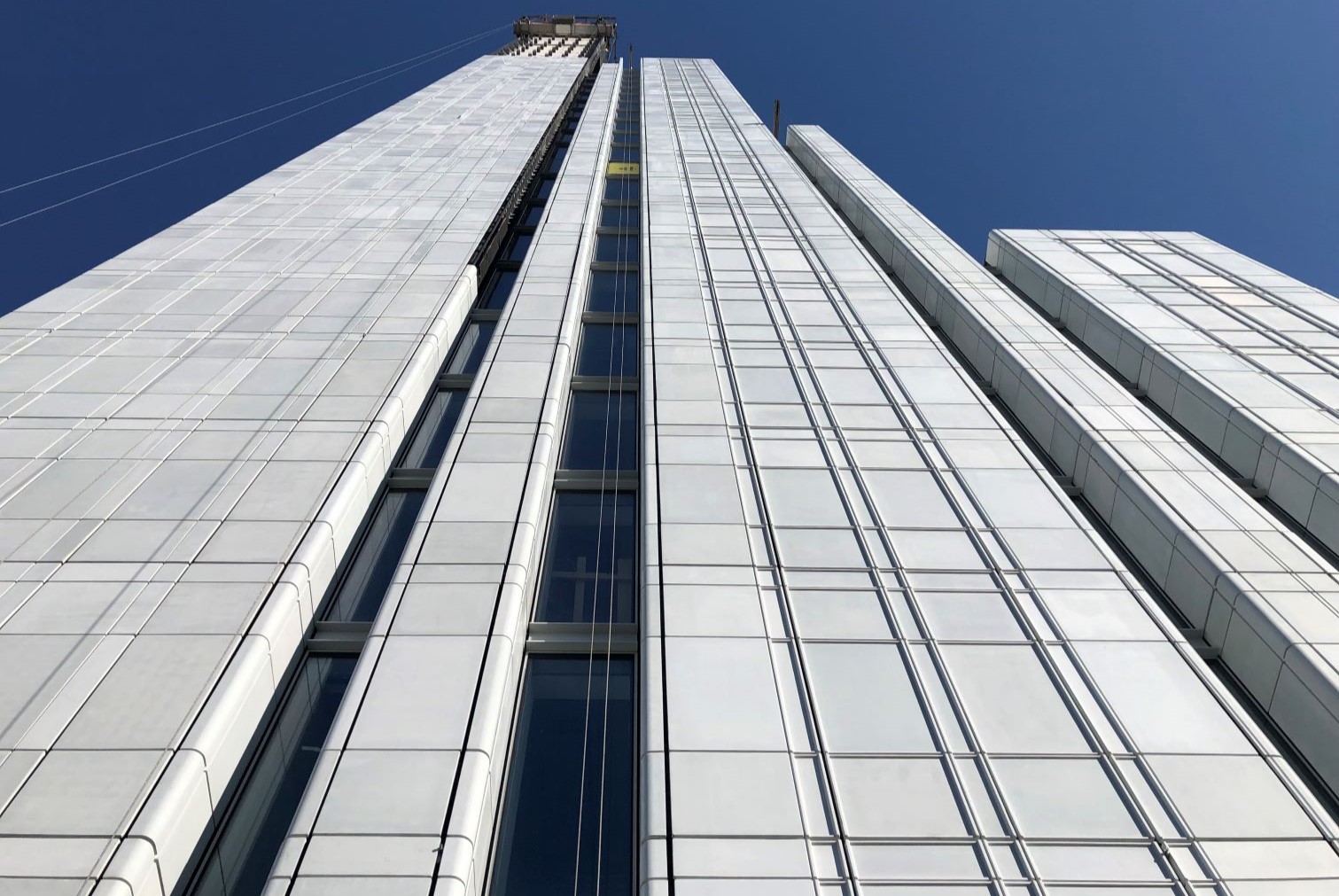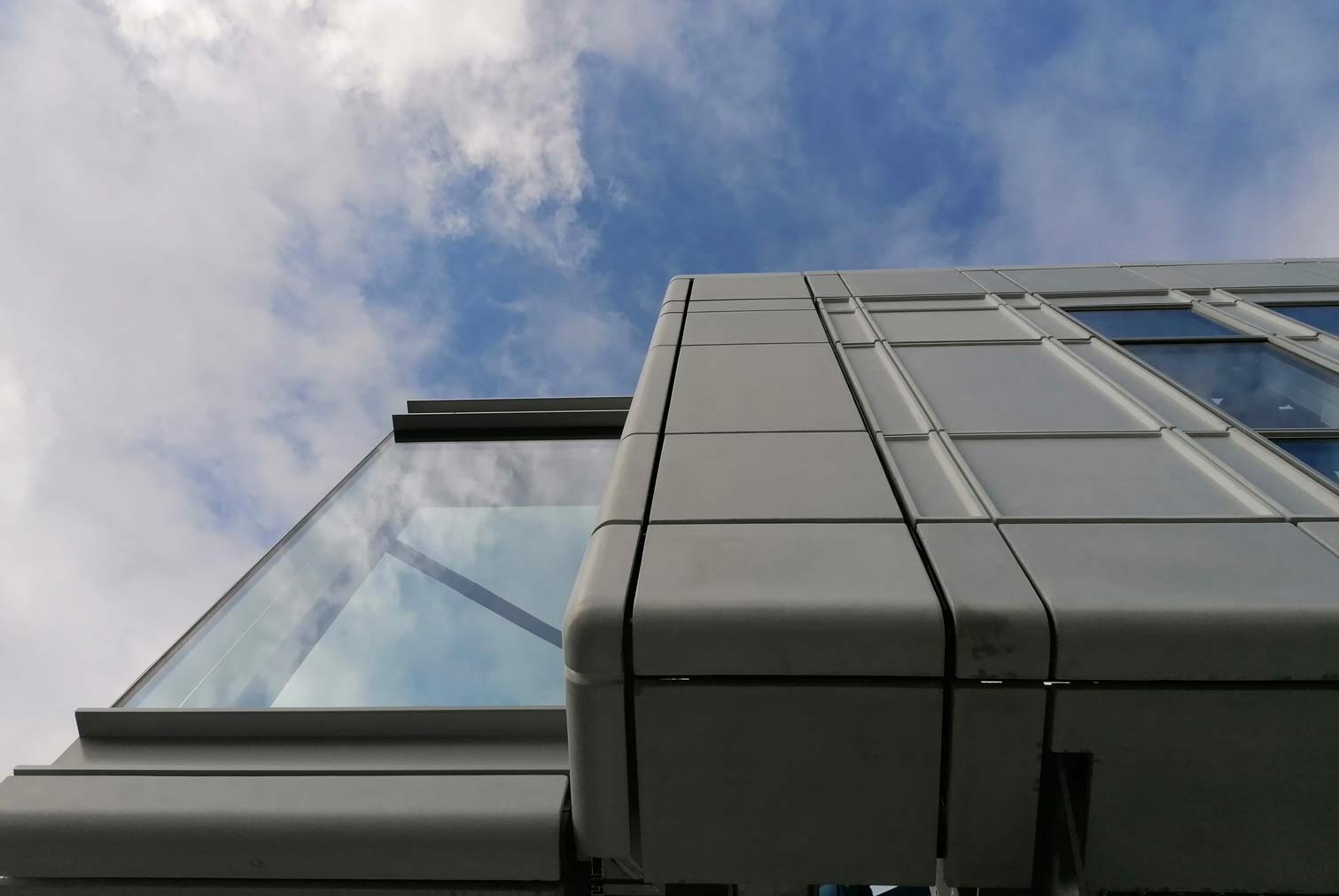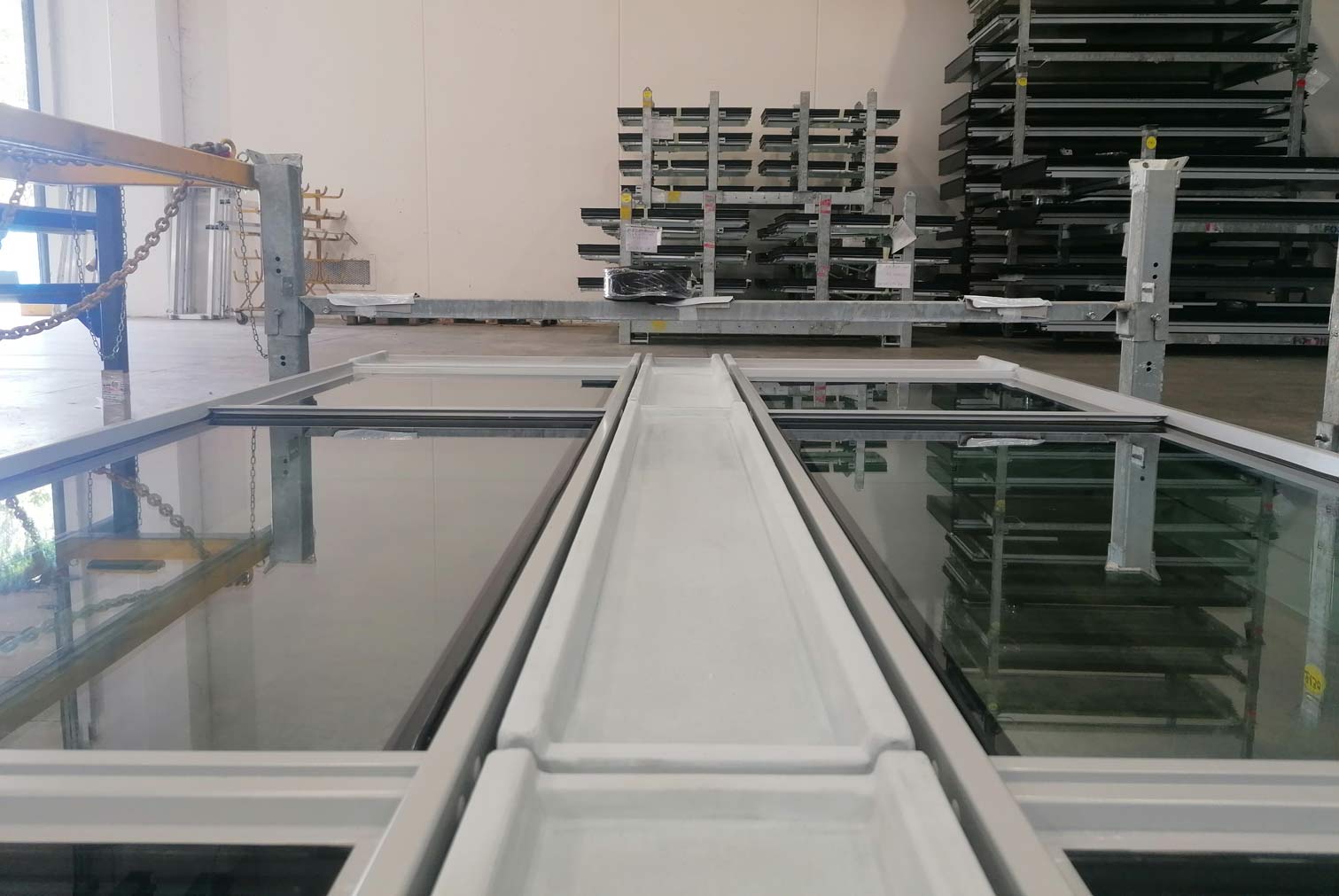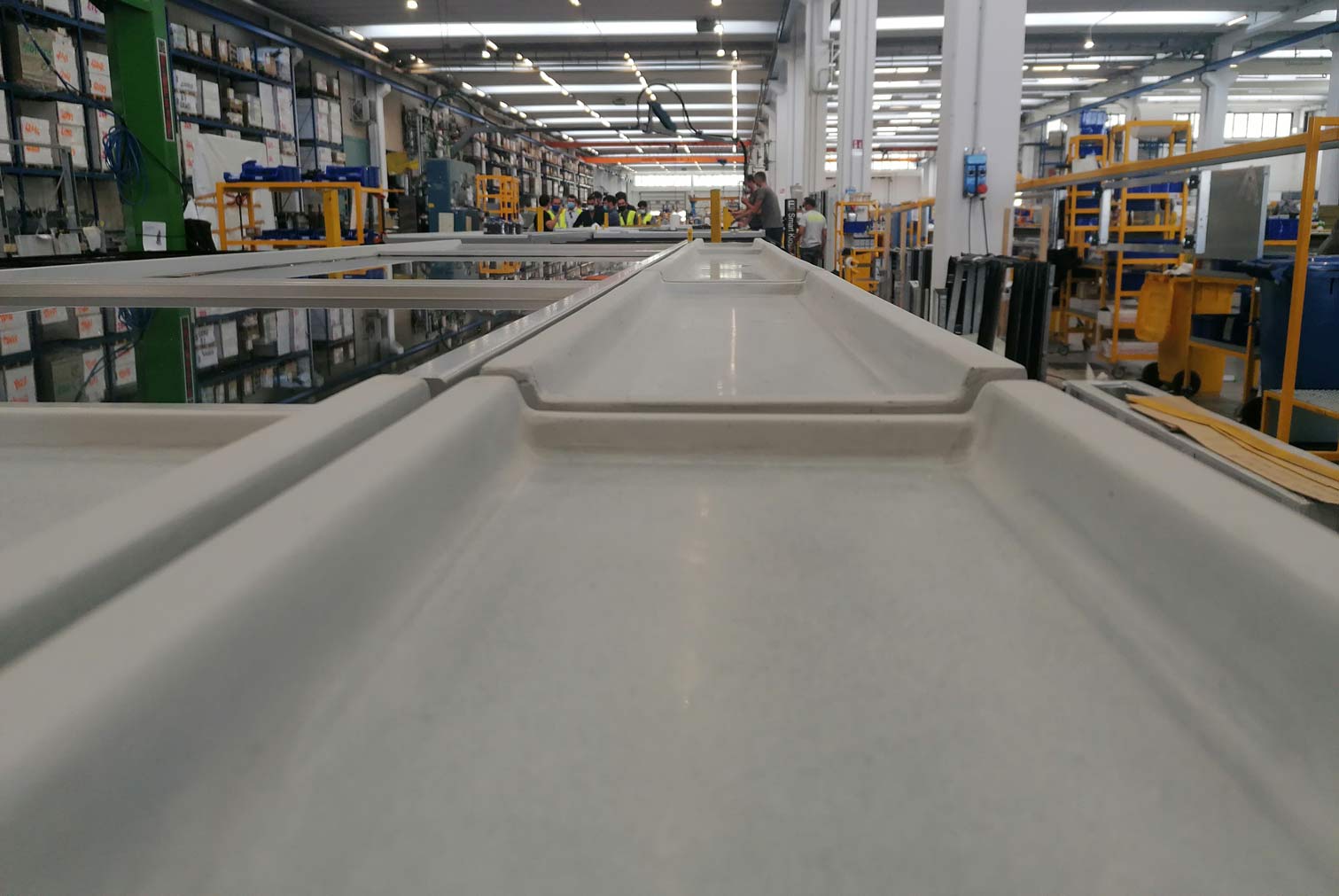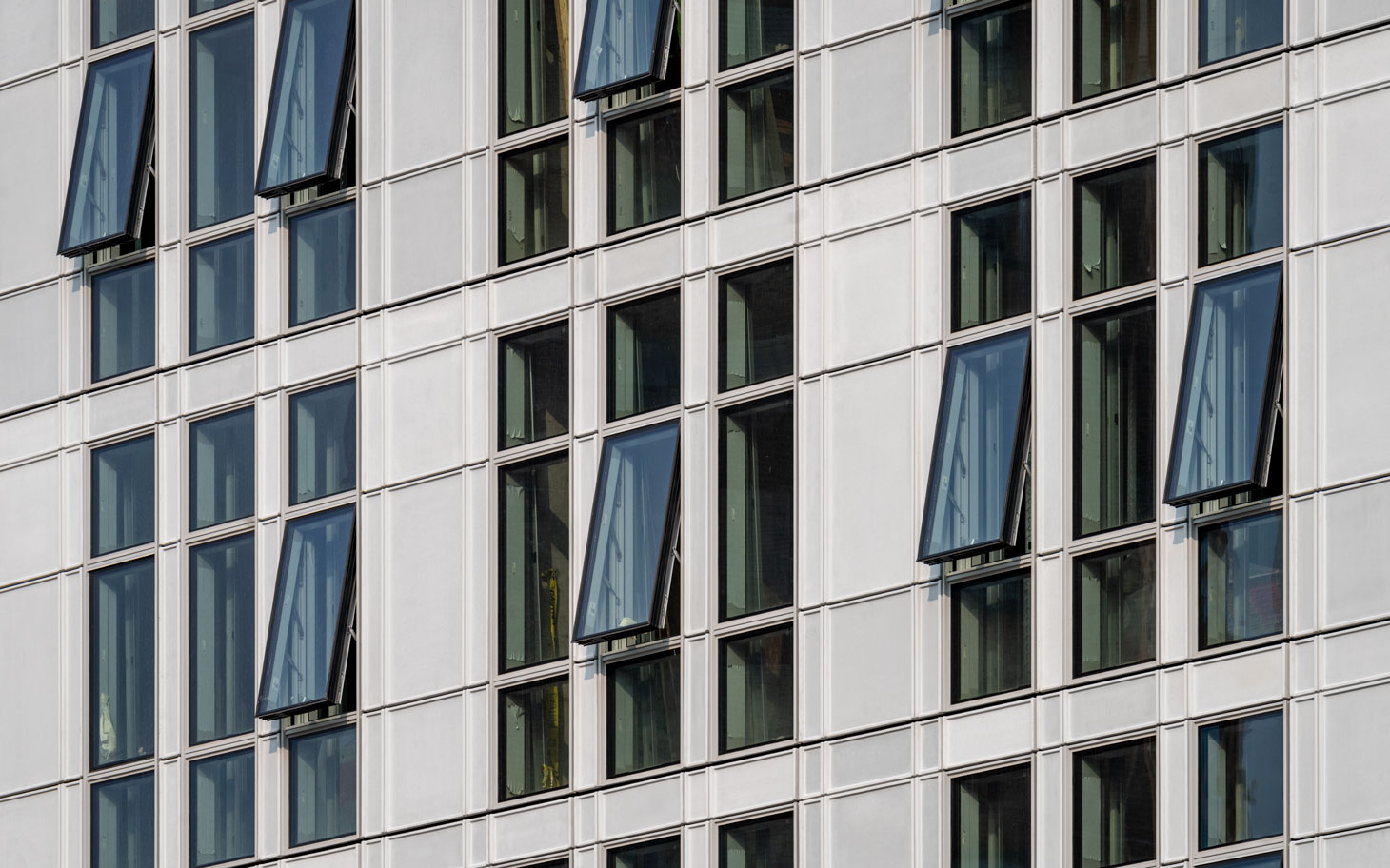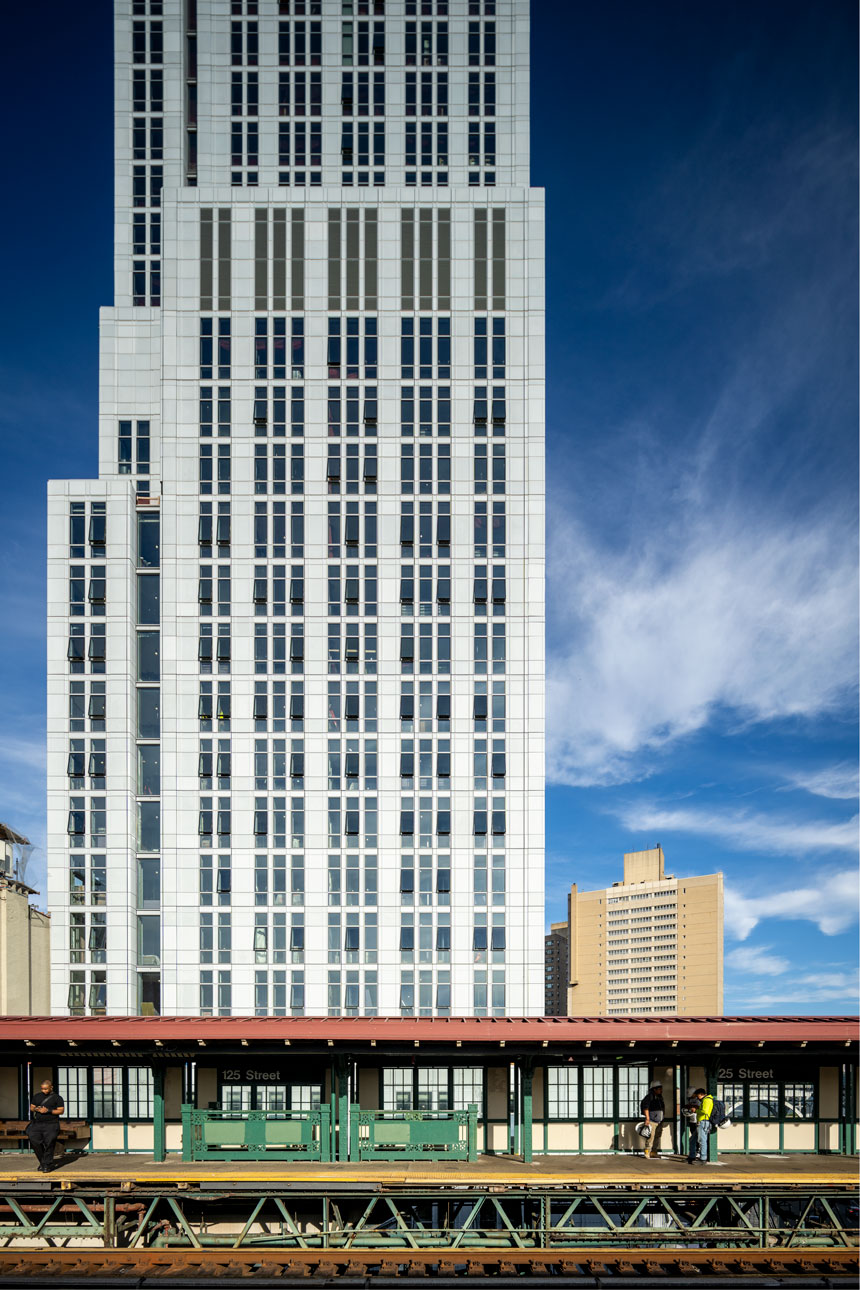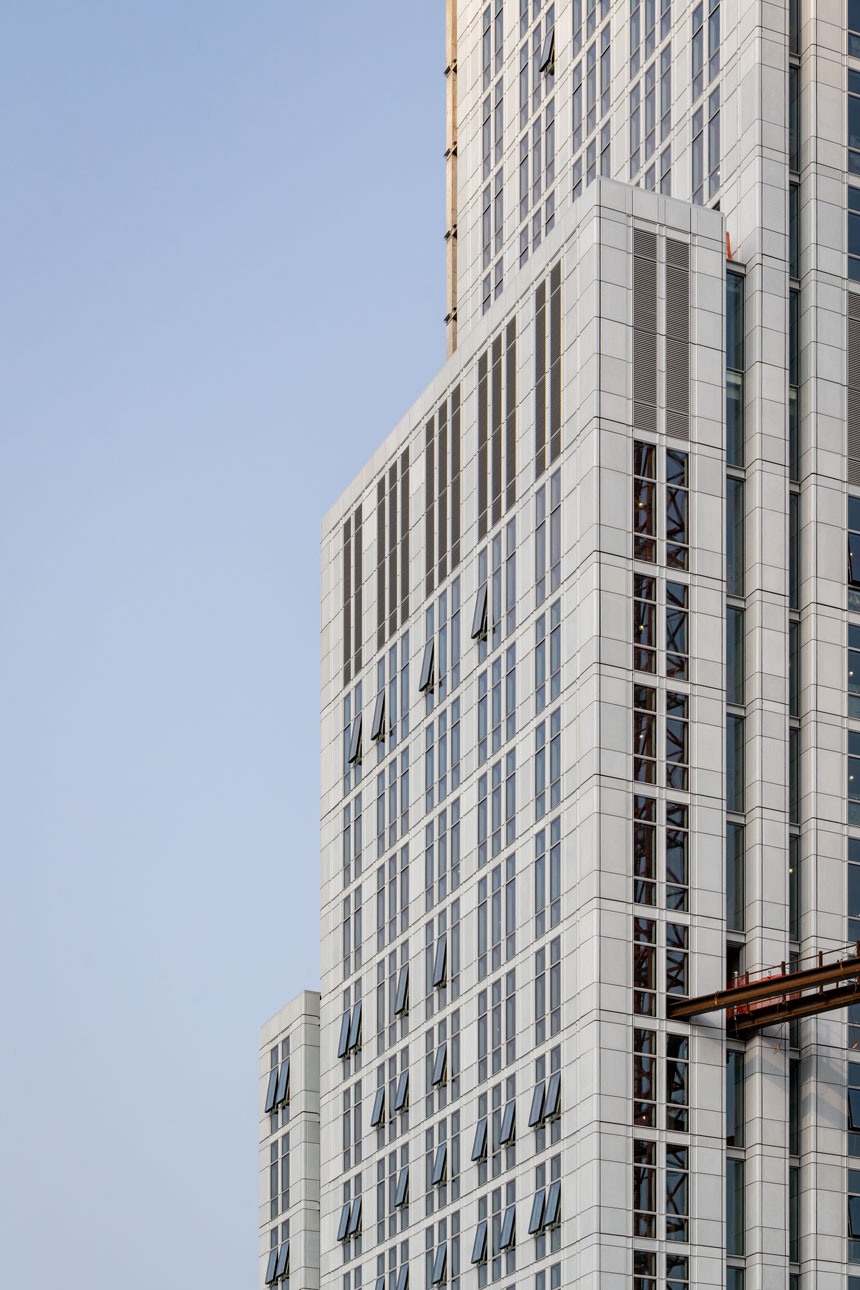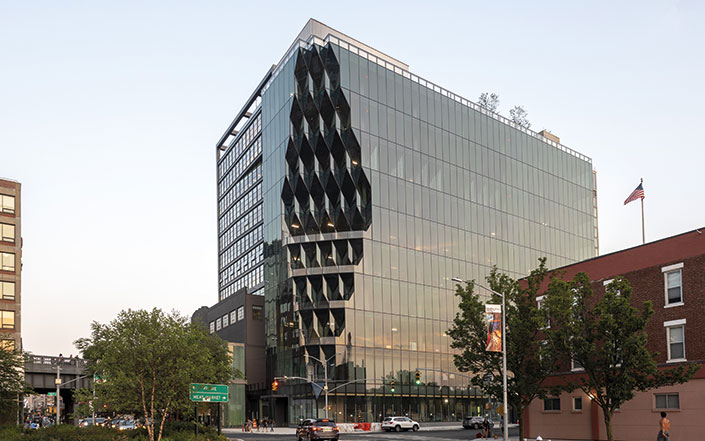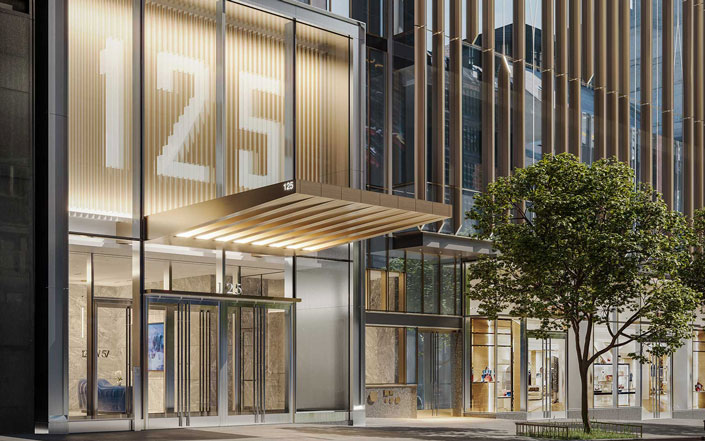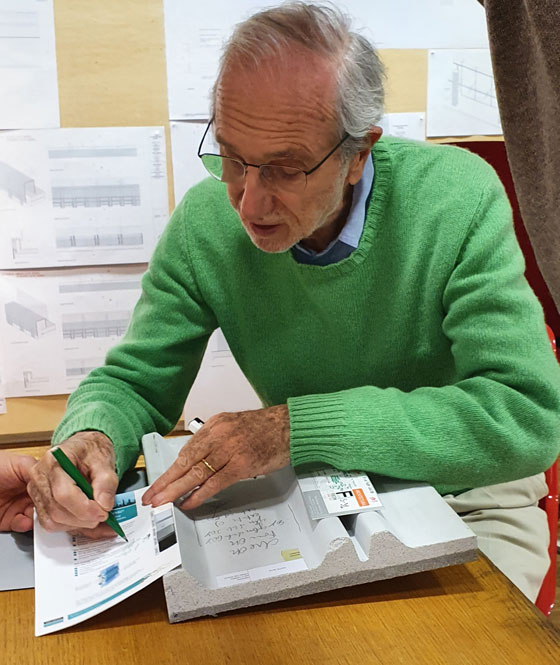

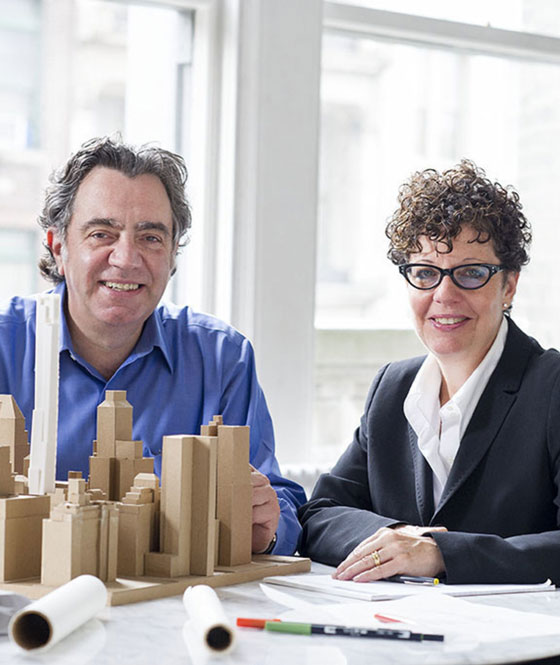
Founded by Principals John Cetra, FAIA and Nancy J. Ruddy, and led by a core group of distinguished principals, the firm operates on the commitment to creating inspiring environments that both add to the urban landscape in a meaningful way and inspire the experience of home. It works throughout the United States and abroad at varied scales and across typologies including multifamily housing, hospitality, education, cultural and commercial projects. An award-winning firm that has transformed several important New York buildings into desirable places of residence, always seeking out the story behind each building site, their deep historical context, and fresh opportunities to craft innovative solutions and lead clients on their journeys toward building a new legacy.


